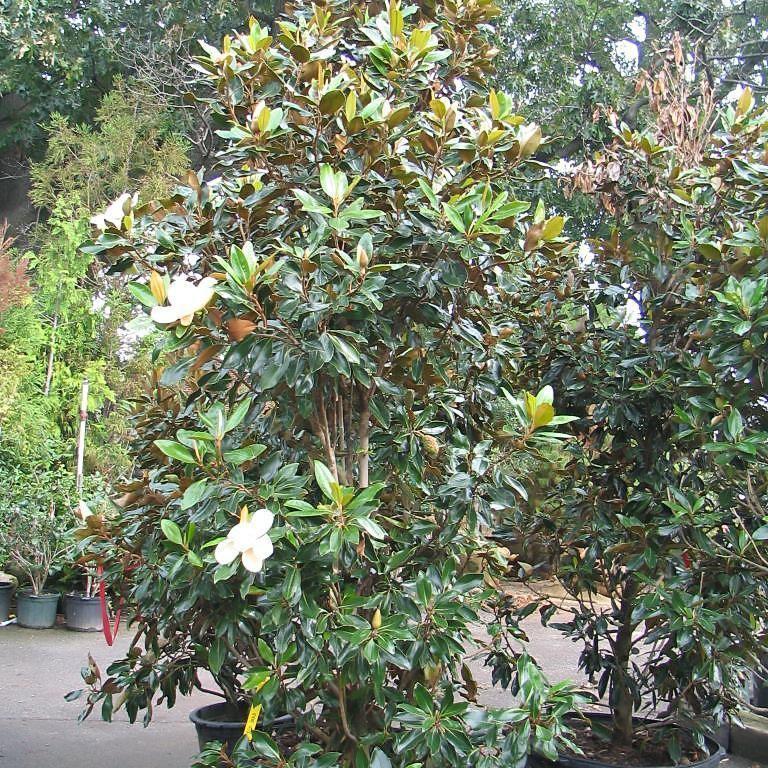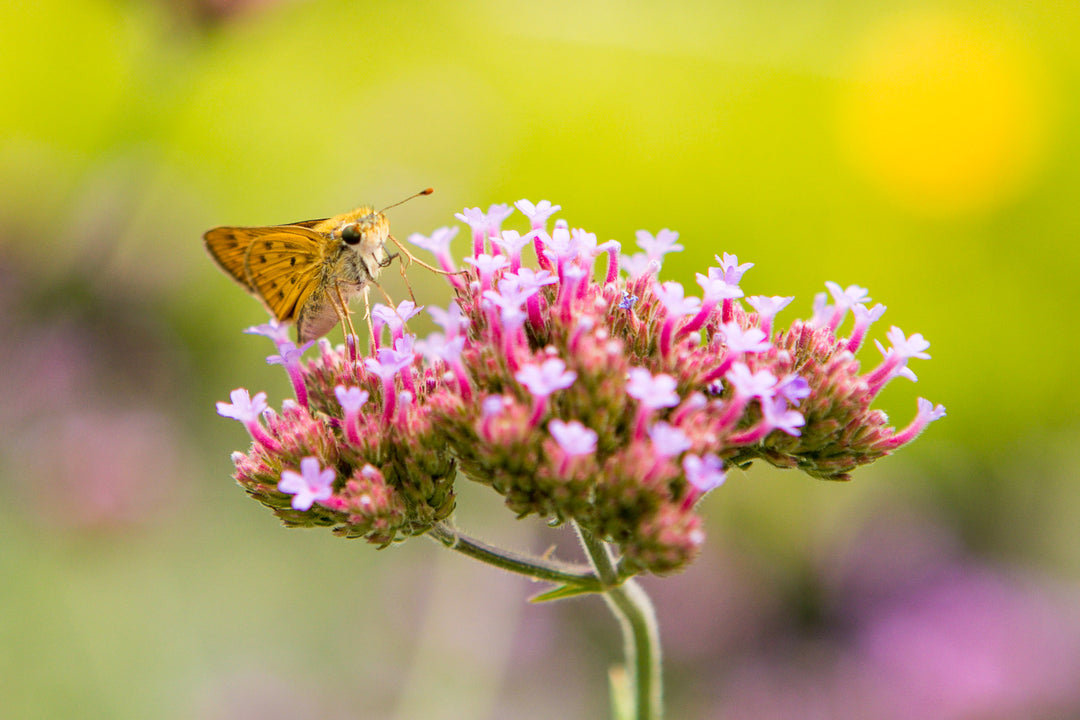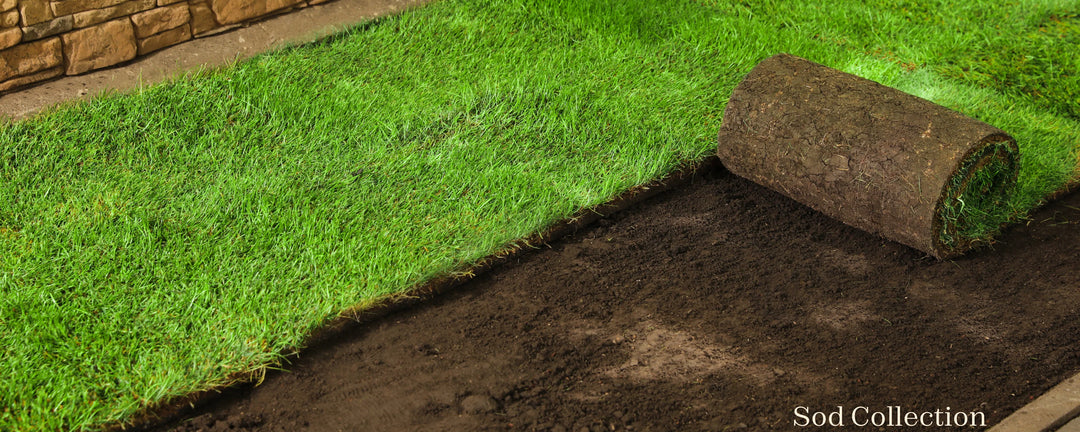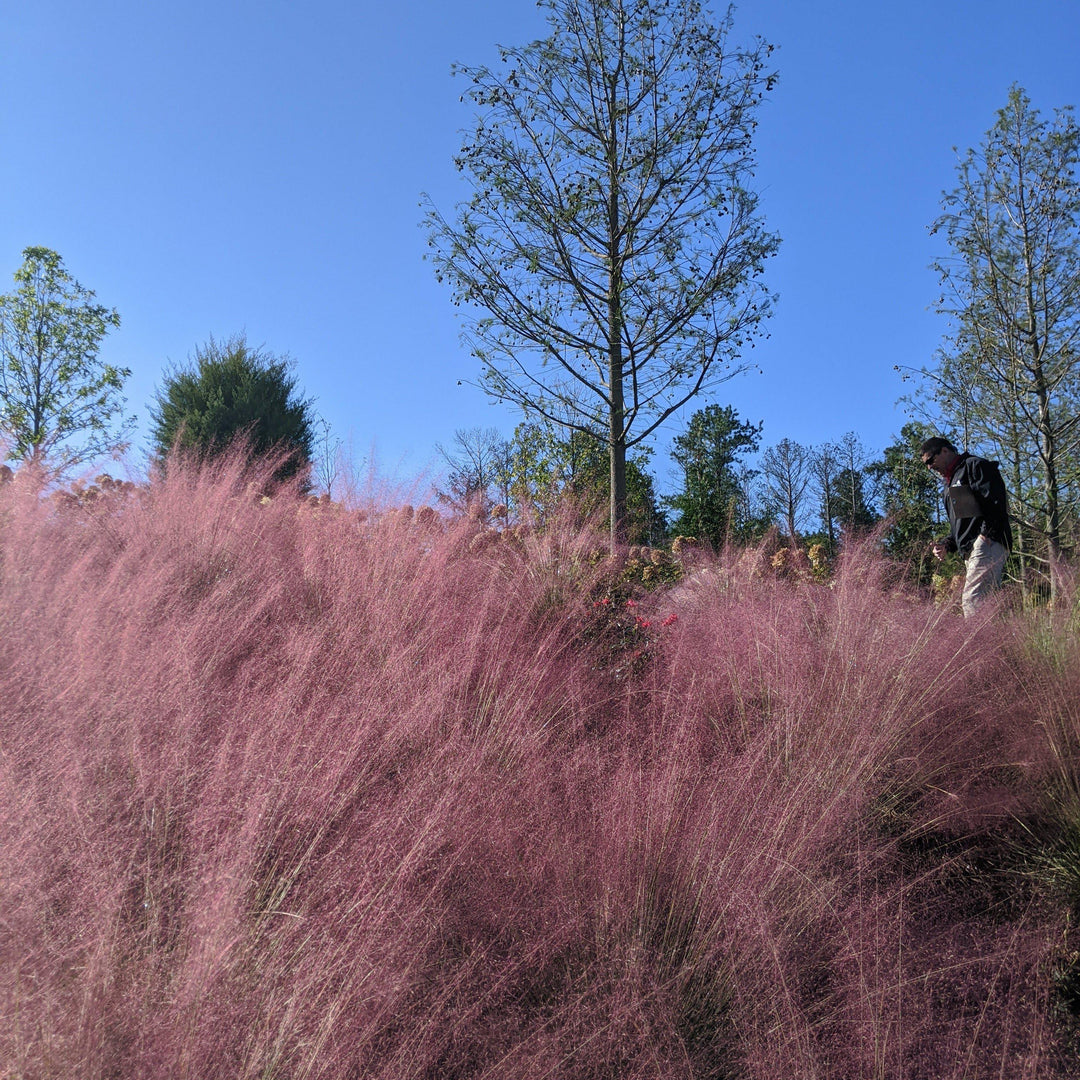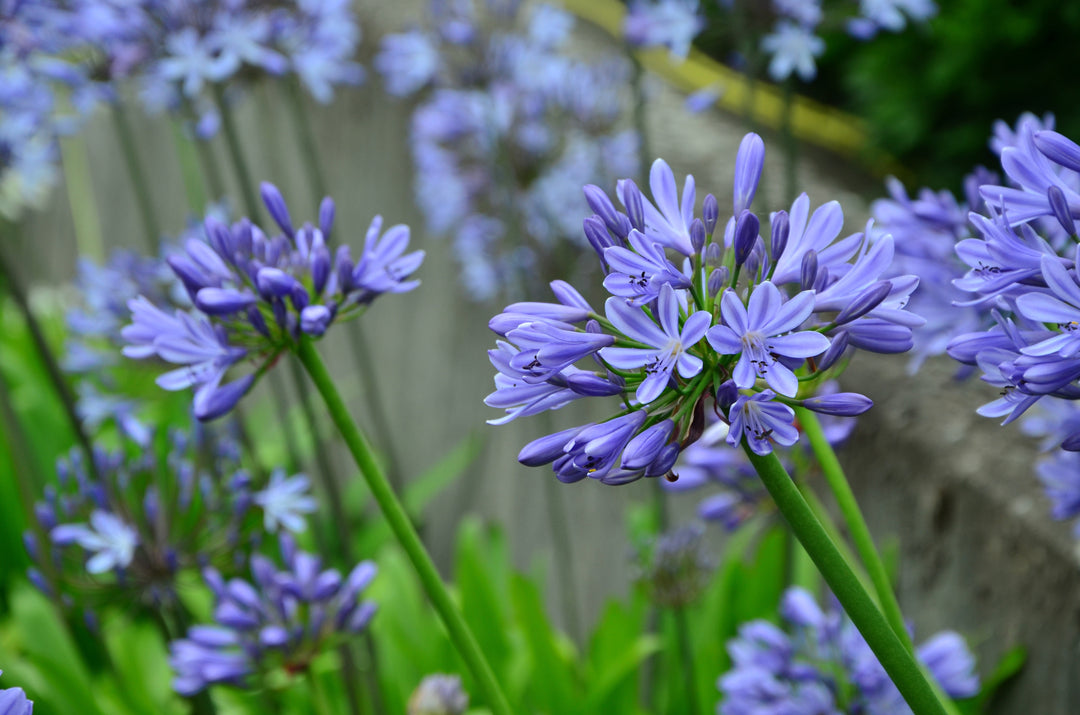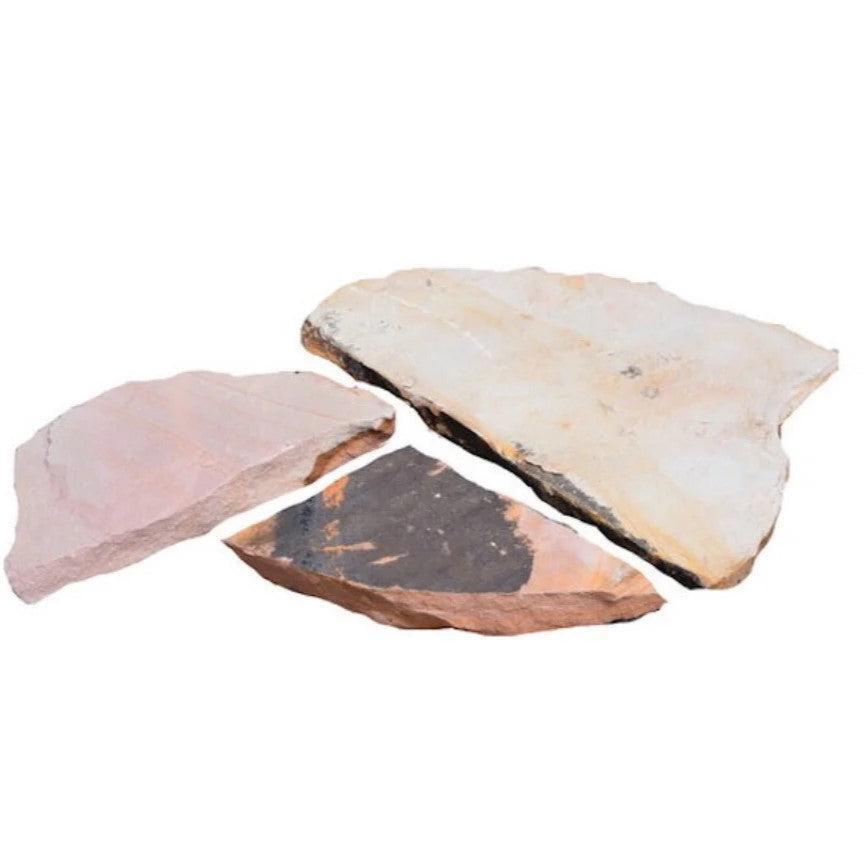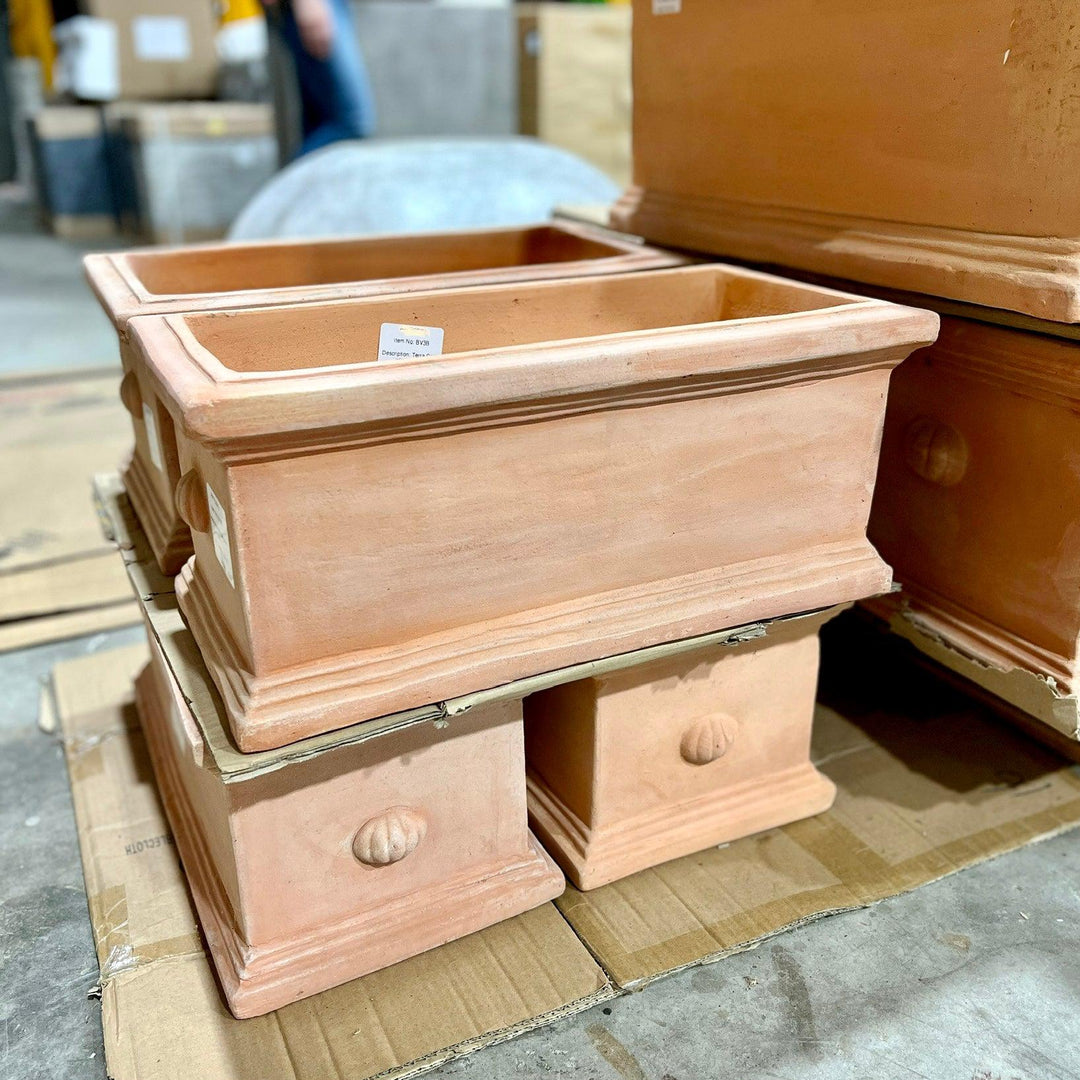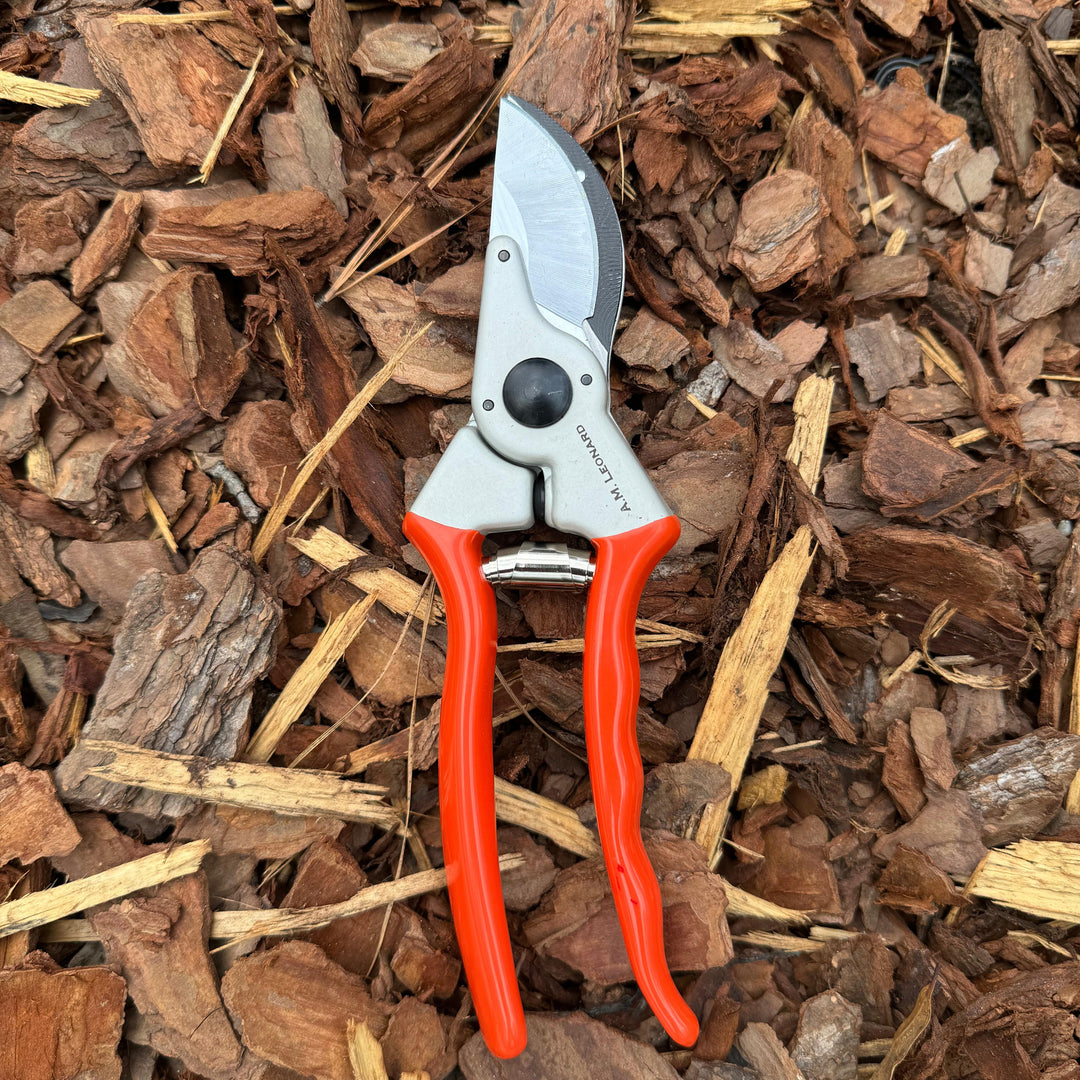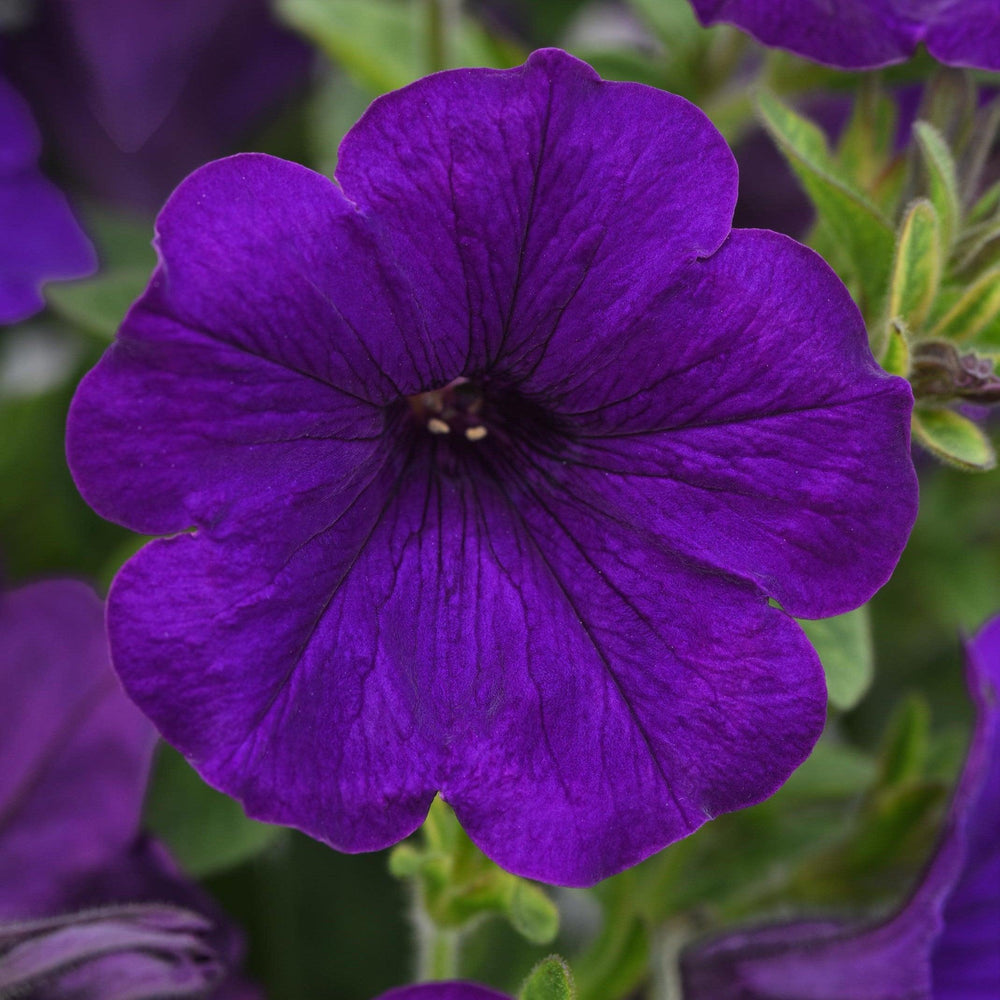Garden Pests and Diseases: Identifying the Bad and the Beneficial
A thriving garden attracts a variety of insects and microorganisms—some beneficial, others harmful. Knowing the difference between pests and their look-alike beneficial counterparts can help you manage garden health effectively without unnecessary pesticide use. Additionally, recognizing common plant diseases early can prevent widespread damage.
Common Garden Pests and Their Look-Alikes
Aphids vs. Aphid Midge Larvae
-
Aphids: Tiny, soft-bodied insects that suck sap from plant leaves, causing curling and yellowing.
-
Identifiers: Green, black, or white bodies; found in clusters on new growth.
-
-
Aphid Midge Larvae: Natural predators of aphids, these small orange larvae consume aphid colonies and help keep infestations under control.
-
Identifiers: Tiny, bright orange maggot-like larvae found near aphid clusters.
-
Tomato Hornworm vs. Parasitized Hornworm
-
Tomato Hornworm: Large green caterpillars that chew through tomato, pepper, and eggplant foliage.
-
Identifiers: Bright green body with white diagonal stripes and a horn-like tail.
-
-
Parasitized Hornworm: If you see a hornworm covered in small white cocoons, leave it be—these are parasitic wasp larvae that will soon eliminate the pest.
-
Identifiers: Same as tomato hornworm but with numerous white, rice-like cocoons on its back.
-
Japanese Beetles vs. False Japanese Beetles
-
Japanese Beetles: Iridescent green and bronze beetles that skeletonize leaves of roses, grapes, and fruit trees.
-
Identifiers: Metallic green head, bronze wing covers, active in mid-summer.
-
-
False Japanese Beetles: Similar in appearance but less destructive, often feeding on decaying plant matter rather than healthy leaves.
-
Identifiers: Duller coloration, lacks distinct metallic sheen, less aggressive feeding behavior.
-
Spider Mites vs. Predatory Mites
-
Spider Mites: Microscopic pests that cause stippling and webbing on leaves.
-
Identifiers: Tiny, red or yellow dots on leaves, fine silk webbing covering foliage.
-
-
Predatory Mites: Beneficial mites that feed on spider mites, keeping their populations in check.
-
Identifiers: Slightly larger, more active, and move quickly compared to spider mites.
-
Squash Vine Borer vs. Clearwing Moth
-
Squash Vine Borer: Moths that lay eggs at the base of squash plants; their larvae tunnel into stems, causing wilting.
-
Identifiers: Orange-red and black moth with clear wings; larvae are white with brown heads found inside squash stems.
-
-
Clearwing Moth: Similar in appearance, but feeds on nectar and does not harm plants.
-
Identifiers: Resembles a wasp, has a more slender body, and does not lay eggs on squash plants.
-
Common Plant Diseases and How to Prevent Them
Powdery Mildew
-
Symptoms: White, powdery growth on leaves, stems, and flowers.
-
Prevention: Improve air circulation, avoid overhead watering, and use resistant plant varieties.
Blight (Early and Late)
-
Symptoms: Brown or black spots on leaves, leading to rapid plant decline.
-
Prevention: Rotate crops, remove infected plants, and apply copper-based fungicides as needed.
Root Rot
-
Symptoms: Wilting, yellowing, and mushy roots.
-
Prevention: Improve drainage, avoid overwatering, and plant in well-draining soil.
Rust
-
Symptoms: Orange or brown pustules on leaf undersides.
-
Prevention: Remove infected leaves, provide good airflow, and avoid overhead watering.
Anthracnose
-
Symptoms: Dark, sunken spots on leaves and fruit.
-
Prevention: Prune for airflow, remove infected plant parts, and avoid excessive moisture.
Encouraging Beneficial Insects
Instead of resorting to chemical controls, encourage natural predators and pollinators by planting nectar-rich flowers like dill, yarrow, and marigolds. Providing habitat, such as mulch or insect hotels, can also sustain populations of ladybugs, lacewings, and predatory wasps.
By understanding the difference between harmful pests and their beneficial doppelgängers, as well as taking proactive measures to prevent disease, you can cultivate a healthier, more resilient garden with minimal chemical intervention.

